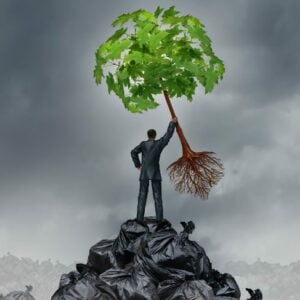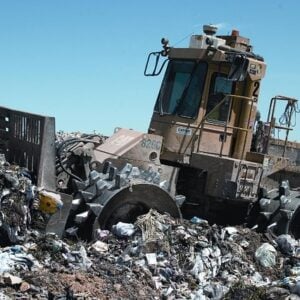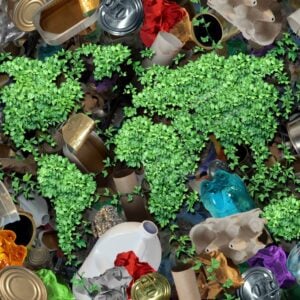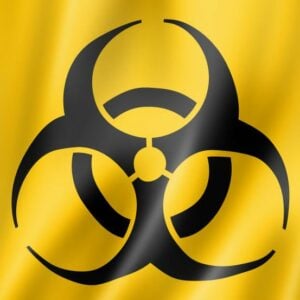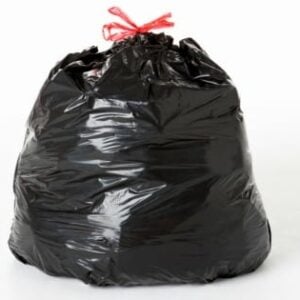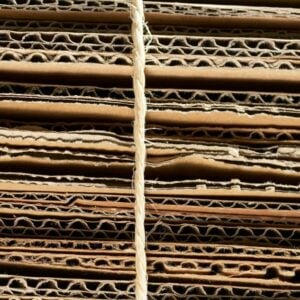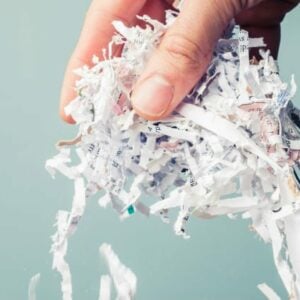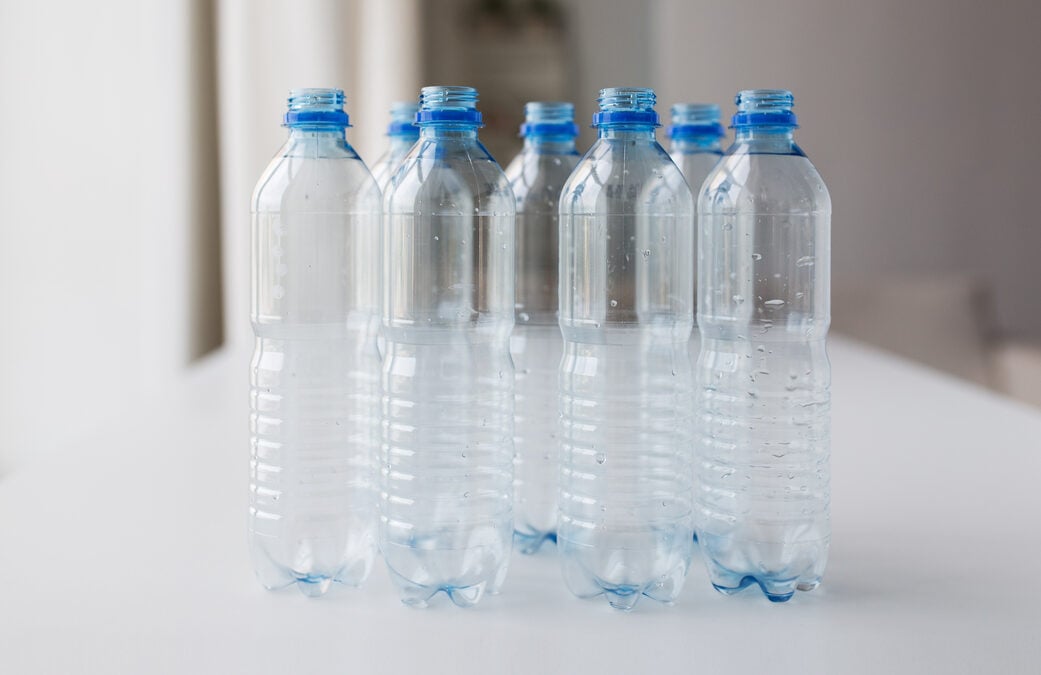
Polyethylene Recycle Code ♺
Polyethylene Recycle Code ♺: One way you could live more sustainably is to stop improperly disposing of plastics. Up until this day, plastics of all kinds pester the environment; you can find it in the oceans, streets, landfills, and waterways. Therefore, it is a must to discipline yourselves and help stop pollution by observing proper waste management practices. You have a wide array of options to deal with the plastics found in your home, but none more popular than recycling. And, for this blog, I will discuss a wide variety of things about polyethylene, one of the most recyclable plastics. Read on to learn more.
>Download Now: Free PDF Business Owners Guide To Commingled Recycling Bin Services
A bit about Waster
Before I discuss polyethylene’s recycle codes, let me share with you more information about Waster.
We here at Waster provide you with innovative solutions for you and your business’s waste management and recycling needs. Furthermore, we provide flexible, 30-day contracts instead of the typical lock-in contracts, which proves to be better.
Click on the blue button to learn more.
READ: Recyclable Coffee Pods ♨️
Things you need to know about polyethylene’s recycle code
First, you have to know what polyethylene. Basically, polyethylene is the most common and popular plastic which you can find almost everywhere. It is tough, light, and flexible; one of the most versatile material there is, manufacturers can use this to create many different kinds of items. Additionally, even with its versatility, it surprisingly has a very simple structure; it is the simplest of all commercial polymers, as stated by the Polymer Science Learning Center.
And, as I have stated above, polyethylene is one of the most recyclable plastics there is. You can send a majority of products containing polyethylene into your kerbside. Examples of these include polyethylene films. Polyethylene film recycling is very much possible. Additionally, it is also the most common type of plastic film there is. Another example includes polyethylene foam (or expanded polyethylene foam); much like any other polyethylene-based products, expanded polyethylene is also recyclable.
Furthermore, many plastic types are variants of polyethylene, specifically the recycle code plastic number 1, 2, and 4. In the next sections that follow, I will discuss each of the polyethylene recycle codes and how their recycling process works.
PET (plastic #1)
Polyethylene Terephthalate, or what we also know as PETE or PET, finds itself on almost all of your everyday items. These items include plastic bottles and food packaging. You need to recycle them because when you dispose of it improperly and gets sent to landfill, it will take many centuries before it decomposes fully.
The Polyethylene Terephthalate recycling process involves you putting it in your kerbside recycling bin. But, before it goes into the recycling facility, it is first baled carefully to avoid contamination. Then, when it finally reaches the facility, it goes through a sorting process. This process involves staging and sending the compacted PETs placed on a conveyor belt into a bale breaker. After that, they are split open and the PET materials there are singled out, after which they are then identified with the technology present there.
After the sorting process, they go straightly to the recycling process. They are first ground into fine particles known as “flakes”. After that, the following method then involves the rinsing of the material to avoid any remaining contaminants from ruining the whole process. And, finally, after much screening and cleaning with different methods, they are formed into pellets. The pellets produced can be used to manufacture new plastic materials.
HDPE (plastic #2)
High-Density Polyethylene, or what we also know as HDPE or PEHD, is next on our polyethylene recycle code discussion. It is a type of plastic with high tensile strength, meaning it has a high resistance to breaking under extreme tension. You can find them in many items such as milk cartons, detergent cleaning products, and squeezable bottles. Now, can High-Density Polyethylene be recycled? Answer: yes.
Like PETs, a majority of the recycling facilities also accept HDPE products, making it a highly recyclable material. According to the University of Sydney, HDPE production uses a considerable amount of fossil fuels, so it is important to recycle and reuse it to reduce natural resource consumption.
The HDPE recycling process first involves separating the materials by grade. That is because all HDPE plastics are not made equal; some are thicker and more durable than that of others. Then, the recycling facility cleans the plastic thoroughly to avoid any contaminations. When they make sure that no foreign contaminants linger in the recyclables, they then proceed to the next step of the recycling process. After all of that, the HDPE undergoes granulation process like PETs – i.e., it gets shredded into fine, pure particles and melted into pellets. And, finally, this process gets the pellets and combines them, undergoing a number of processes until it gets transformed into a new product.
LDPE (plastic #4)
Last on our polyethylene recycle code list is LDPE or Low-Density Polyethylene plastic. You can usually find these soft plastics in items such as shopping and frozen food bags, tubing, and computer parts.
The LDPE recycling process involves first dropping off the LDPE products in the recycling facility. After the arrival, the products are then melted to remove the contaminants. The facility then turns them into plastic sheets in which they can sell to manufacturers. The ones who bought it can then turn the plastic sheets into panelling, furniture, plastic films, or garbage cans.
Polyethylene recycle code: conclusion
So, all in all, many types of polyethylene are indeed recyclable. Individuals can put them in their kerbside for collection. They can be turned into a whole array of products, depending on the demand. Just remember not to improperly dispose of them, or else it goes into places where it should not go like the ocean or landfills.
Watch this fun video made by Brothers Make on making a recycled pen using HDPE:

Waster: things you need to know
If you’re looking for recycling bins, check our waste recycling shop and find the best deals in terms of pricing and services.
Also, please call 1300 WASTER (1300 927 837), or email us at enquiries@waster.com.au if you have any further questions.

Leave a Reply Cancel reply

Product categories
Most Popular Posts
-
Commercial Waste Management Services: Reduce Waste Collection Costs! 🚍
-
Medical Waste Disposal: Everything You Need To Find Out In 2024! 💉
-
Rubbish Removal Sydney 2024: Better Bin Collections For Business ✅
-
Clinical Waste Disposal 2024: What To Know About Business Clinical Waste ⚕️
-
Secure Document Destruction 2024: All About Security Bins Shredding 🔒
-
Free Cardboard Recycling 2024: Can I Get Free Cardboard Collection? 📦
-
Confidential Paper Disposal Bins 2024: What You Need To Know About Shredding! 🔒
-
Recycling Bins Australia 2024: Recycling Can Boost Your Profits! ♲
-
Commercial Wheelie Bin Collection: What Businesses Need To Know In 2024 🗑️
-
Commingled Recycling 2024: Why Commingled Bin Is Key To Recycling 🍾

